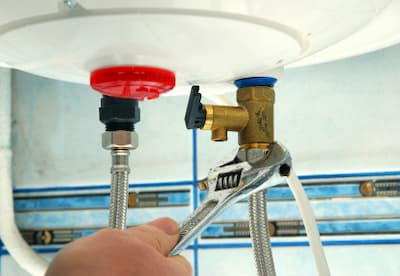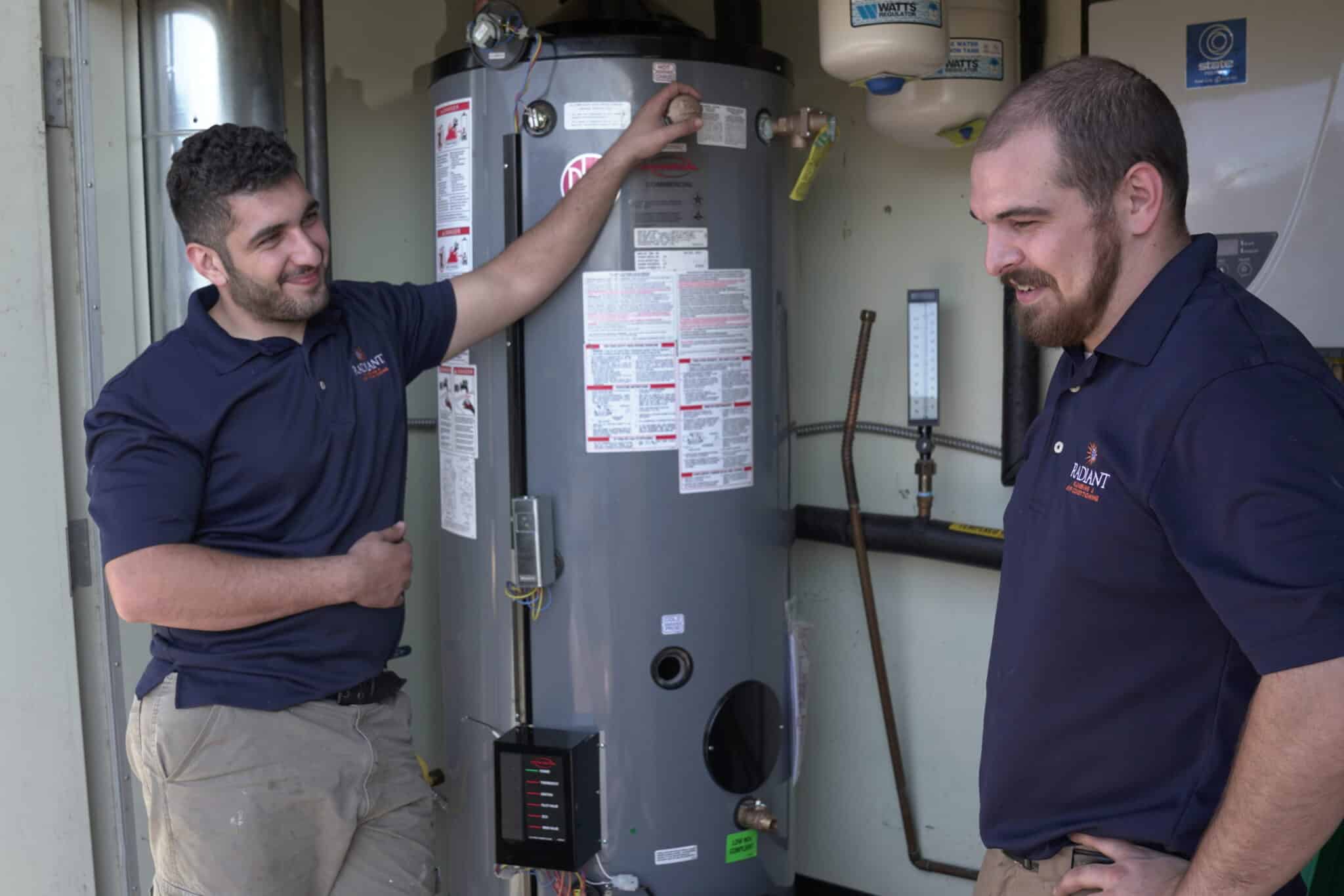Caring for Your Home's Hot Water System: Essential Tips
Caring for Your Home's Hot Water System: Essential Tips
Blog Article
The author is making a number of good annotation on How to Maintain a Hot Water Heater in a Few Simple Steps in general in the content down below.

Warm water is crucial for daily comfort, whether it's for a revitalizing shower or cleaning dishes. To guarantee your warm water system runs effectively and lasts longer, normal upkeep is crucial. This short article provides sensible ideas and insights on just how to preserve your home's hot water system to avoid disturbances and expensive repair work.
Intro
Keeping your home's hot water system could appear complicated, however with a couple of easy actions, you can guarantee it operates efficiently for many years to come. This guide covers whatever from comprehending your warm water system to DIY maintenance ideas and understanding when to contact expert help.
Value of Preserving Your Hot Water System
Routine upkeep not just prolongs the lifespan of your warm water system but likewise guarantees it operates effectively. Overlooking maintenance can lead to decreased effectiveness, higher energy bills, and even premature failure of the system.
Indications Your Warm Water System Needs Upkeep
Understanding when your hot water system requires attention can prevent major concerns. Keep an eye out for signs such as inconsistent water temperature level, strange noises from the heating unit, or corroded water.
Comprehending Your Warm Water System
Before diving into maintenance jobs, it's helpful to understand the fundamental components of your hot water system. Normally, this consists of the water heater itself, pipes, anode rods, and temperature controls.
Month-to-month Maintenance Tasks
Regular regular monthly checks can assist capture small issues before they intensify.
Purging the Hot Water Heater
Purging your hot water heater removes sediment buildup, improving performance and lengthening its life.
Monitoring and Changing Anode Rods
Anode poles prevent corrosion inside the tank. Examining and changing them when broken is critical.
Evaluating and Adjusting Temperature Level Setups
Readjusting the temperature settings ensures optimal performance and safety.
DIY Tips for Upkeep
You can execute several maintenance jobs on your own to maintain your hot water system in top problem.
Looking for Leakages
Frequently check pipes and connections for leaks, as these can lead to water damages and higher costs.
Evaluating Pressure Alleviation Valves
Examining the stress safety valve ensures it operates properly and avoids excessive pressure build-up.
Shielding Pipes
Protecting hot water pipes lowers warmth loss and can save energy.
When to Call a Specialist
While do it yourself upkeep is helpful, some problems require professional expertise.
Facility Problems Requiring Specialist Help
Instances include significant leakages, electrical troubles, or if your hot water heater is continually underperforming.
Regular Professional Upkeep Perks
Professional upkeep can include extensive evaluations, tune-ups, and making certain conformity with safety criteria.
Conclusion
Normal maintenance of your home's hot water system is crucial for effectiveness, longevity, and expense savings. By complying with these tips and understanding when to look for expert aid, you can guarantee a reliable supply of warm water without unanticipated interruptions.
How to Maintain an Instant Hot Water Heater
Before tinkering with your hot water heater, make sure that it’s not powered on. You also have to turn off the main circuit breaker and shut off the main gas line to prevent accidents. Also turn off the water valves connected to your unit to prevent water from flowing into and out of the appliance. 2. When you’re done, you have to detach the purge valves’ caps. These look like the letter “T†and are situated on either side of the water valves. Doing so will release any pressure that has accumulated inside the valves while at the same time avoid hot water from shooting out and burning your skin. 3. When the purge valves’ caps are removed, you have to connect your hosing lines to the valves. Your unit should have come with three hoses but if it didn’t, you can purchase these things from any hardware or home repair shops. You can also get them from retail stores that sell water heating systems. Read the user’s manual and follow it to complete this task properly. When the hosing lines are connected, open the purge port’s valves. 4. You should never use harsh chemical cleaners or solutions when cleaning your unit. Make use of white vinegar instead. It should be undiluted and you’ll probably use about 2 gallons. 5. Now flush your water heater. This task should probably take about 40 minutes. We can’t give you specific directions for this because the procedure is carried out depending on the type, model and brand of your heater. With that being said, refer to the user’s manual. 6. When you’re done draining the unit, you have to turn off the purge port valves again. Remove the hosing lines that you earlier installed on each of the water valves. Put the valve caps (purge port) back in their respective places and be very careful so as not to damage the rubber discs that are found inside these caps. 7. Now that everything’s back in place, check your user’s manual again to find out how to reactivate your water heating system. 8. Once it is working, turn one of your hot water faucets on just to let air pass through the heater’s water supply pipes. Leave the tap on until water flows smoothly out of it. https://www.orrplumbing.com/blog/2014/september/how-to-maintain-an-instant-hot-water-heater/

I discovered that piece on How to Maintain Your Water Heater & Prolong its Life when doing a search on the search engines. Enjoyed our post? Please quickly share it. Let somebody else locate it. Bless you for being here. Return soon.
Additional Resources Report this page